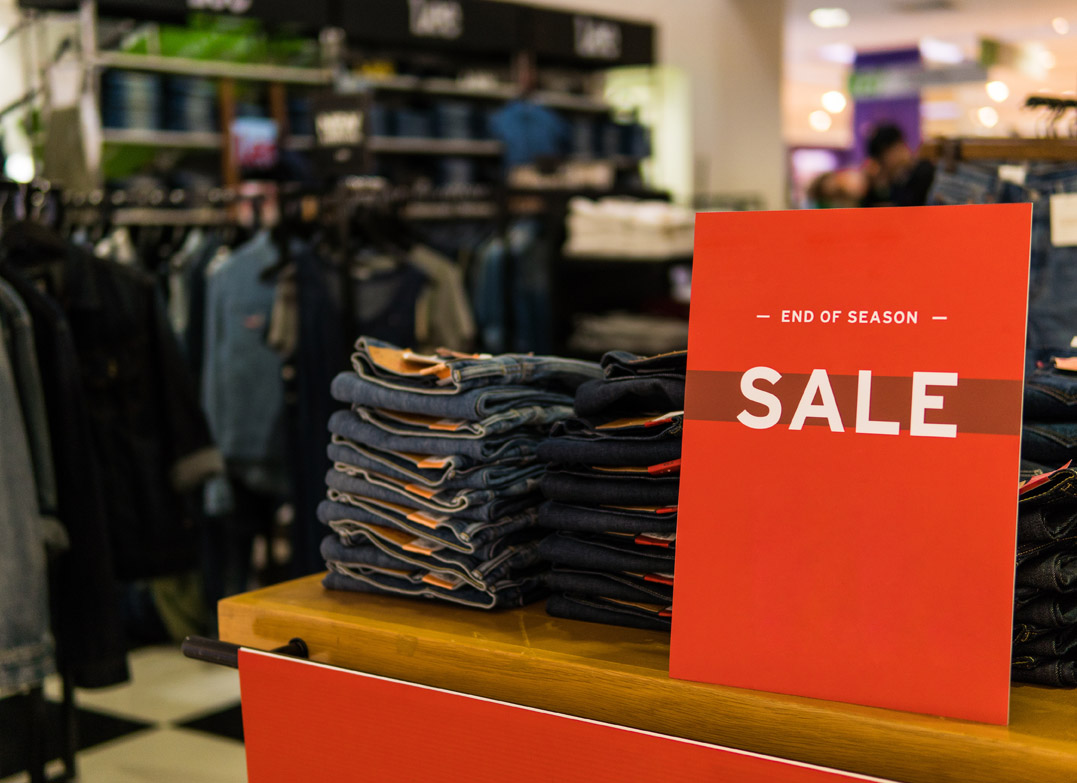Sometimes it’s the little things that makes a big difference. Most marketing campaigns aims to help consumers understand solutions to a problem, get to know the product and therefore influence their purchase behavior.
In the retail setting, customers are presented with a variety of options, which cause anxiety for shoppers. The challenging question is how do we ensure your product has an edge over your competitors and how can we persuade them to purchase your product?
POP Display or Point-of-Purchase is marketing material placed next to the merchandise it is promoting. It is a simple, inexpensive, yet effective solution that boosts the appearance and appeal of your products and draws customer’s attention to it, which is important in a retail store-jam packed with the same type of product.
According to Point-of-Purchase Advertising International, 90 percent of in-store purchase decisions significantly increase with POP marketing despite e-commerce hype and gimmicks. Big stores like Marshalls, Nordstrom and Victoria’s Secret utilize the use of POP displays to create a path for customers to wind down on their way to check out.
So what exactly made POP displays so essential to retailers?
POP Displays Drive Impulse Decisions
Your customers already knows what to purchase prior to entering your store. However, putting up signage next to the product will affect their purchase decision, making them more likely to buy an additional product. Another is “Add-On” type items that can trigger impulsive purchases, which could be justified as something your consumers genuinely need to buy.
POP strategies focuses on the consumer, but also provide trade services by primarily helping move products off the shelves into the hands of your customer.
Goodbye Long Check-Out Lines
Surprisingly, your point-of-purchase displays are not just good to persuade shoppers but they are also effective in reducing long check-out lines in your store. According to study, your POP display can keep your customers engaged and interested while they wait. This propels customers to not walk-out of your store empty handed simply because they saw a long line at the register.
POP is Cost Effective
While a 30-second tv commercial may still be the top choice of a company to market their products, obviously, not everyone can afford it. The cost per thousand for a store merchandising tactic or to put up a sign with a one year life, costs about 3 to 37 cents. This reflects the low production and installation costs of POP materials and the fact that consumers and sales staff repeatedly see the display, it is effective for brand retention.
“POP-Up” Anywhere
Effective POP displays catches the shopper’s attention. Traditionally, you would only find a point-of-purchase display and signage around the cash register area, but today, it has evolved and can be placed throughout a store, like on your store ceilings.
Ceilings are often the least utilized space in a retail environment. Customers primarily need guidance to get them to the right location to find out what are they looking for. Ceiling Signage System & Holders are a great method to show them the way, plus it is economical and safe to use. By properly utilizing this signage, you can expect an increase in your revenue and bring new “life” into “dead-space”.
POP displays can pose a number of innovative approaches for reinforcing brand awareness and delivering an advertising message. When displays are utilized effectively, they attract consumer attention, facilitate product inspection and allow access of several shoppers at once, more so, they can stimulate unplanned expenditures.
Point-of-purchase display are meant to inform and entertain. Displays that are visually compelling respond to the needs of both retailers and consumers.
Clip Strip Corp.
As a leader in retail POP display products, Clip Strip Corp. has been creating and producing top notch POP Display for retailers since 1980. With our extensive variety of point-of-purchase signage, you can definitely find the model that fits your requirement.
Call us today and find out how we can help you maximize that “dead space” and transform that into a “prime display space”.

